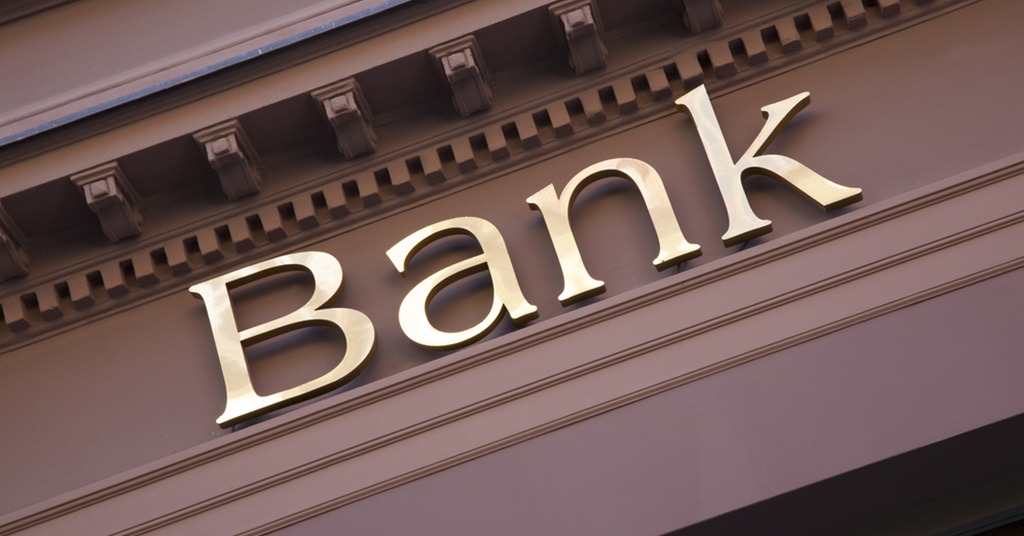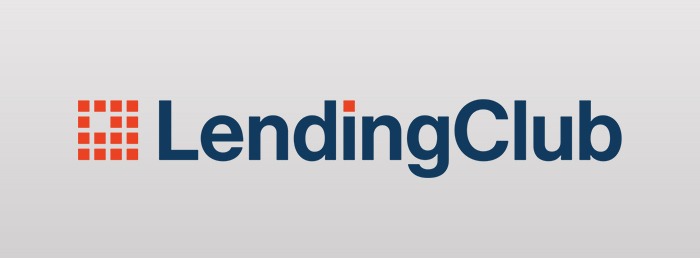 Anastasiya Shevchenko
Anastasiya Shevchenko
Author of the “Digital Era”
Founder and CEO of Fintech Solutions LLC
The P2P lending market, a service that represents a mechanism for borrowing money between individuals through special online platforms, grew almost unnoticed and gained momentum. For our people, a parallel with mutual aid bureaus immediately arises here. Worldwide P2P lending amounts to tens of billions of dollars and steadily grows. Let’s try to understand the reasons for such popularity and high demand.

Worldwide P2P lending amounts to tens of billions of dollars and steadily grows. Source: shutterstock.com
It seems that life itself and new financial realities have become the driving force of the new service. Constantly repeated financial crises impacted severely the world and banking systems. As a result, the banks tightened their belts and paid huge fines to the regulators. Since 2009, regulators in the United States and Europe have penalized banks for non-compliance in total for $342 billion. By 2020, this figure is likely to grow up to $400 billion. All these circumstances resulted in a substantial decrease of banks’ lending and remittance services. Thus, it became almost impossible to get loans from the banks for both individuals and SMEs. In response to unsatisfied demand, a new huge market in the form of P2P lending has grown.
People who do not have enough money or entrepreneurs who need funding – they all have difficulty with access to bank loans. For various reasons, they either do not maintain the high standards of the bank to the borrower and get refusals, or the amount of lending does not match their needs. And when banks, VCs, angel investors cannot help businesses with financing, P2P lending platforms appear on the “scene”. The following figure clearly demonstrates the relevance of this new superpower – the annual growth of such platforms in 2013-2018 is approximately 513%.

People who don’t have enough money or entrepreneurs who need funding have difficulty with access to bank loans. Source: shutterstock.com
The main feature of P2P lending is that it occurs without the traditional intermediary in the form of a bank and, as a rule, in the online mode. Borrowers are looking for funds on lending platform sites. The financial offering on such platforms is more favorable in comparison to the terms and conditions of the incumbents. Investors are also attracted to the same platforms in search of higher returns on investment.
The target audience for lending platforms looks following:
- Private borrowers,
- Car loans,
- Medium and small business,
- Mortgage loans,
- Student loans, including for refinancing,
- Overdue loans refinance,
- Loans for medical needs not covered by insurance.

The main feature of P2P lending is that it occurs without the traditional intermediary in the form of a bank. Source: shutterstock.com
It would seem that if it is profitable for investors to finance on such sites and receive a higher annual rate at the same time, then borrowers potentially pay more than at a bank. But actually, it is not the case. With this interaction, there is no intermediary in the form of a bank – and, therefore, there are no costs associated with the bank – there are no expenses connected to the branch network, the IT system, salaries, and bonuses for bank employees, there are no operating expenses and many other components.
The volume of loans accessed through P2P-platforms in 2017 reached $85 billion. And we still expect a significant increase in funding through such services. I suggest a closer look at the main players in the P2P lending market:

Lending Club. The world’s largest P2P lending platform, which was launched back in 2007. By 2015, on the Lending Club platform, borrowers attracted $16 billion, and the speed of loans issuance increased to $2.5 billion per quarter. The platform now keeps 50% of the US market in P2P lending. Borrowers and investors find each other on the site. Here you can fill out an application for a loan in minutes, and fully online. Then you can monitor your application through the service of Credit Karma.
The amount of money that can be obtained on the platform is limited to $40 thousand. The loan term is usually 36-60 months. You can become an investor with as little as $25 and as much as $20 thousand. Financing rates range from 5.06% to 35.89% per annum – depending on your credit rating. At the same time, all loans have a rating, depending on which the annual financing rate is assigned. Thus, the more reliable the loan borrower, the lower the cost of money, the higher the risks of non-return – the higher the interest rate. Despite the fact that the main target audience of such platforms is private individuals, the Lending Club develops a line of credit products for business. Companies can get here up to 300 thousand US dollars of loan.
A person’s rating that affects the financing rate includes an assessment of your credit profile, history, income, as well as loan amounts and repayment period. At the same time, there are separate requirements for investors. They must have assets of not less than 250 thousand US dollars and you can invest no more than 10% of the value of the assets. In order to minimize risks, investors can invest $25 each in 200 different borrowers for a total of $5 thousand.
You will be interested to know that 80% of loans from the platform are taken to repay debts on current loans in the bank and on credit cards. So refinancing is the main target.
For its services, the platform will take a percentage calculated from the amount of funding. But in the end, it still turns out to be cheaper to raise money on the platform than to use a bank credit card.

SoFi. SoFi is short for Social Finance. The SoFi lending platform has securely occupied the student refinancing niche. The founders are well aware of the needs of students from the inside, and banks are in no hurry to please this audience with a good credit service. Interestingly, the scoring takes into account not only general data, but also the type of educational institution, as well as student performance.
Rates for financing range from 3.5% to 7.49%. Financing checks from 5 thousand to 100 thousand US dollars can be obtained in 7 days for a period of 2 to 7 years. The platform serves about 500 thousand participants, most of whom are students. As it turned out, university students also mainly take money for refinancing. And you need to greatly diversify the portfolio in order to still reach a stable return and profits.
From 2011 to 2018 through the platform issued $30 billion of financing. The company’s market cap is at a rate of $4 billion.

Prosper. One of the most popular P2P lending platforms with more than 2 million participants. Founded in 2005, the platform issued $5 billion. Lending terms and conditions are similar to offers from other platforms. The main source for your scoring is the documents you submitted in the system.
Interestingly, among the investors who finance the platform participants are such impressive companies as Sequoia Capital, BlackRock, Institutional Venture Partners, the Credit Suisse NEXT foundation. Loans are also sold through banks – for example, WebBank.
Site members can count on loan amounts from 2 thousand to 35 thousand US dollars. Loan terms from 36 to 60 months. Investors can count on the return on invested money from 5.99% to 36% per annum. As in the case of Lending Club, the process from the application to the money transfer may take several days.
The objectives of lending are very different – from a child adoption to the purchase of a wedding ring, dental treatment and home renovation. This list is endless.

Funding Circle. While most platforms have focused on private borrowers, this platform works for business. The company was founded in 2010 in the UK and is now accountable for 35% of the country’s market of P2P lending. Medium and small businesses are the most underserved bank customers – it is difficult for banks to work with them, their needs and problems are not clear, and large corporate business is much more attractive and profitable. So, occupying this niche, the Funding Circle lending platform was literally doomed to success.
The platform operates in the markets of the USA, UK, Germany, Spain and the Netherlands. Funding is provided by 79 thousand investors and the British government. Among the investors are also university and financial companies. Recently, British Business Bank joined the platform as a partner for issuing loans in the amount of £150 million to small businesses.
For 2018, Funding Circle provided business owners with about $3 billion in financing, of which $1.95 billion was issued to medium and small businesses in the UK. In total, from launch until the end of 2018, the platform financed the business for $8.19 billion.

Participants fill out an online application form. Source: shutterstock.com
SMEs can get financial support from 25 thousand to 500 thousand US dollars for a period of 1 to 5 years. The portrait of an ideal borrower looks like a business that has been in operation for more than 24 months and has been profitable at least once in the past 2 years with a minimum income of more than $150,000. Participants fill out an online application form – usually, this can be done in just 10 minutes. A representative of the platform will contact the applicant within 2 hours. Up to 72 hours will be required for loan approval and less than 10 days to receive financing.
The cost of financing is from 5.49% to 27.79%. The platform takes a commission of 1.49% to 4.99% of the loan amount.
Instead of summary
To summarize the benefits of P2P lending platforms:
- More democracy and flexibility of scoring, and hence the level of refusals to finance much less than that of banks.
- For a borrower, a higher amount of financing and lower lending costs if compared with the bank’s offering.
- The speed and lack of paperwork in the issuance of money.
- For the investor – more tangible earnings on financing, diversification of risks, low entry threshold – usually from 1 thousand US dollars.

The benefits of P2P lending platforms for the investor include low entry threshold. Source: shutterstock.com
The main disadvantages of such platforms:
- Low amount of funding. Most often, you will hit the ceiling at the level of 35 thousand US dollars. The amount may well satisfy a private borrower, but it is unlikely to be able to significantly help a business to seriously “take off the ground.”
- The target audience of such platforms is mainly individuals, and therefore all processes here are not refined for lending to medium and small businesses.
- The question of the legitimacy of such platforms remains open. Many of them were deliberately created for the purpose of fraud, while others look like an illegal underground bank. In the case of P2P lending, the platform only acts as an intermediary between the borrower and the investor. Further, all the risks of non-return of money lie on the shoulders of the investor.
- One of the most problematic issues is protecting the interests of investors. And, therefore, a matter of trust. Perhaps this is the key issue for the successful establishment of such a platform.
- The financing process does not take place in one click and not in one minute, and interaction with investors is often not automated. Investors have to study borrowers, try to understand the authenticity of the information in the documents provided.
- Unsecured financing carries high risks and most often it becomes a headache for investors.

Unsecured financing carries high risks and most often it becomes a headache for investors. Source: shutterstock.com
What’s next?
Bankers do not give up and show serious interest in P2P lending platforms. A vivid confirmation of this is that at the Lending Club platform about 25% of all loans are issued by banks. Barclays Bank began experimenting with P2P lending.
Millennials and young people prefer to use P2P lending platforms, moreover, as borrowers and as investors. Traditional loans issued by banks does not attract them. The main source of threat to traditional bank lending is youth. These customers of tomorrow will prefer a mobile application with a convenient interface from modern P2P platforms, rather than from a bank.
It is important to understand that the P2P lending platforms are still largely unregulated, but in the long term they will definitely start to be of interest for regulators. And then the receipt of funding on such platforms will be completely different.
In any case, the demand for P2P lending platforms is huge and these players in the financial market definitely have a bright future.
Anastasiya Shevchenko is also a Partner of the international marketplace for Startups and Corporations collaboration called Let’sPartner. Click here to find out more about the project.
SEE ALSO: BIG DATA: “Big brother is watching you…”









